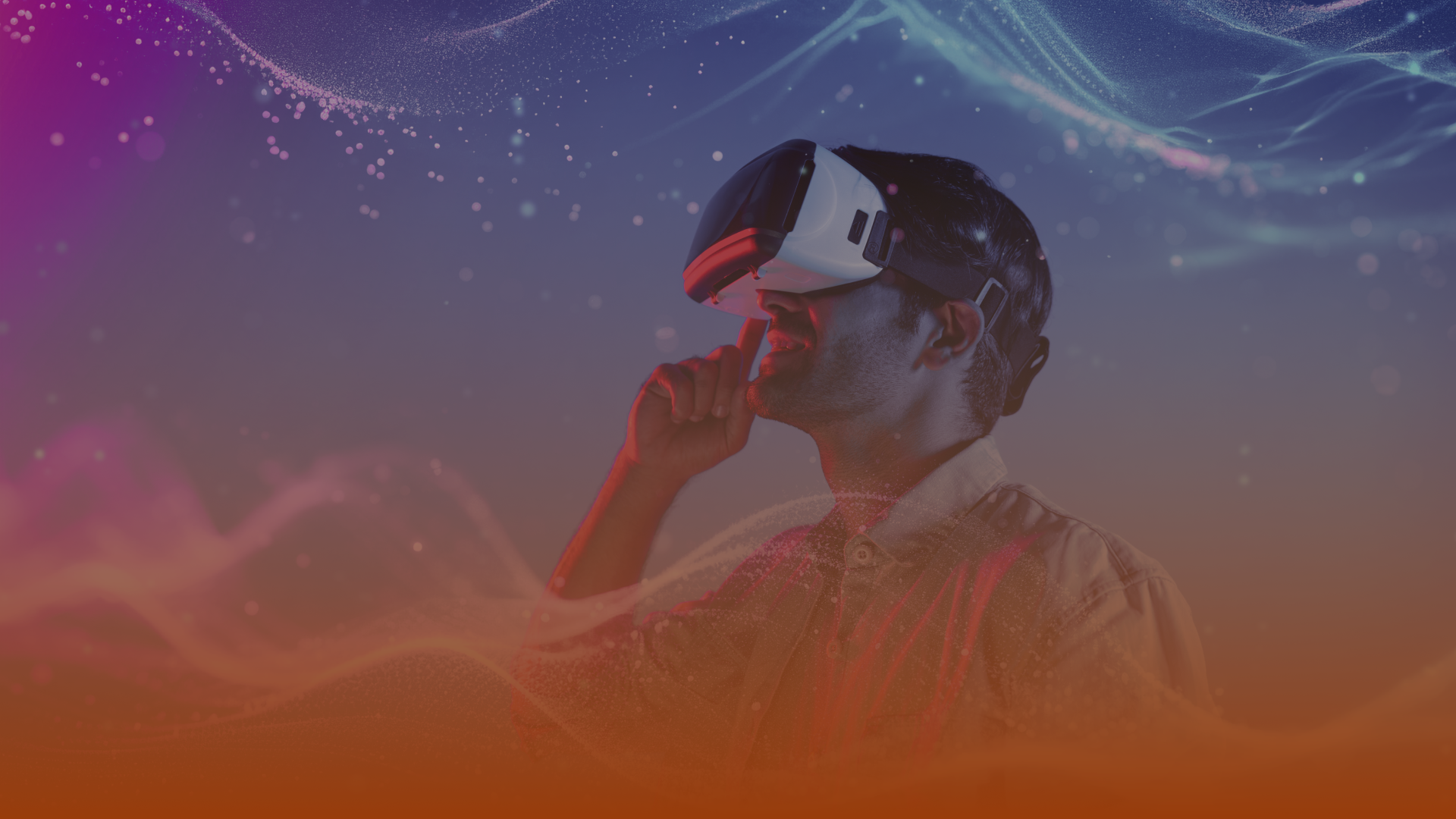Virtual Reality (VR) is changing the landscape of creative video productions. This technology offers immersive experiences that traditional video production cannot match. Imagine stepping into a story instead of just watching it unfold on a screen. In this blog post, we will explore how VR influences video photography and what it means for creators and audiences alike. We’ll discuss its benefits, challenges, and future implications for the video production industry.
What is Virtual Reality?
Virtual Reality is a computer-generated environment that simulates real or imagined experiences. Users wear VR headsets to enter these environments. Unlike watching a video on a screen, VR allows viewers to interact with the scene. This interaction creates a sense of presence, making it feel like you are part of the action. In recent years, VR technology has advanced significantly, becoming more accessible and user-friendly, which has opened up new avenues for creative video productions.
The Rise of Virtual Reality in Video Production
The popularity of VR has surged, with more filmmakers incorporating it into their video production processes. This trend is driven by several factors:
- Technological Advancements: Improved hardware and software make it easier for creators to produce high-quality VR content.
- Cost Reduction: As VR technology becomes more affordable, smaller production companies can experiment with this medium.
- Increased Demand: Audiences are seeking out new, immersive experiences. This demand pushes creators to explore VR as a viable storytelling tool.
Key Benefits of Virtual Reality in Video Photography
- Immersion: VR provides an unparalleled immersive experience. Viewers feel like they are inside the story, which increases emotional engagement and investment.
- Interactivity: Users can influence the narrative. This interactivity allows for unique storytelling that traditional formats can’t offer, creating a personalized experience.
- Enhanced Engagement: VR captures attention in a way that standard videos cannot. This can lead to higher viewer retention rates and more meaningful interactions with content.
- Realistic Simulations: VR can simulate environments that are difficult or impossible to film. For instance, it allows users to experience dangerous or inaccessible locations safely, broadening the horizons for video photography.
Challenges of Using Virtual Reality
While VR has many benefits, it also presents challenges:
- Cost: Producing VR content can be expensive due to the technology and expertise required. The need for specialized equipment and skilled personnel can strain budgets.
- Complexity: Creating a VR experience is more complex than traditional video production. It requires a different skill set, including knowledge of 3D modeling and spatial audio design.
- Audience Readiness: Not everyone has access to VR headsets, which can limit the reach of VR content. While VR adoption is growing, many potential viewers may still be unfamiliar with the technology.
How VR is Shaping Creative Video Productions
- New Storytelling Techniques: Filmmakers are exploring innovative ways to tell stories using VR. This includes non-linear narratives that allow viewers to choose their paths. For example, viewers might select which character to follow or how a scene unfolds, creating a more personalized experience.
- Training and Education: VR is increasingly used for training in various fields. For instance, medical professionals can practice surgeries in a virtual setting. This application highlights the educational potential of VR in video production and demonstrates its ability to convey complex information effectively.
- Entertainment: The gaming industry has embraced VR, creating immersive experiences that go beyond traditional media. Companies are producing VR games and experiences that attract younger audiences and change how we view entertainment.
Examples of Successful VR Projects
- The Lion King Experience: This project allows viewers to step into the world of The Lion King. Users can interact with characters and explore environments, making it a hit in creative video productions. This type of immersive experience not only entertains but also engages audiences on a deeper level.
- VR Documentaries: Filmmakers are using VR to tell real-life stories. Documentaries like The Hangman offer a unique perspective by immersing viewers in the story. This method enhances emotional connections and provides a more profound understanding of the subject matter.
The Future of Virtual Reality in Video Production
As technology evolves, VR will likely become more integrated into creative video productions. We can expect advancements that make VR more user-friendly and affordable. This will lead to an increase in content creation and audience engagement. Additionally, as more brands recognize the value of VR in marketing, we can anticipate a surge in commercial applications.
Virtual Reality is revolutionizing the world of video production and video photography. It offers unique storytelling opportunities that engage audiences in new ways. While challenges remain, the benefits of VR make it an exciting area for filmmakers and creators. As we move forward, embracing this technology will be crucial for staying relevant in the industry.
Are you ready to explore the potential of VR for your next project? At Bailey Whissel Agency, we specialize in innovative creative video productions that captivate and engage. Contact us today to discover how we can bring your vision to life in Toronto! By harnessing the power of VR, we can create unforgettable experiences that resonate with your audience and elevate your brand.







